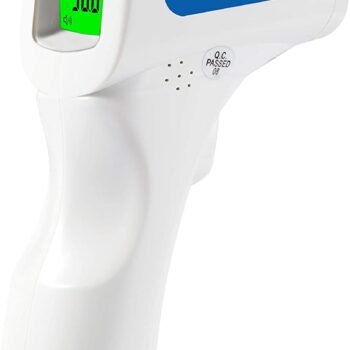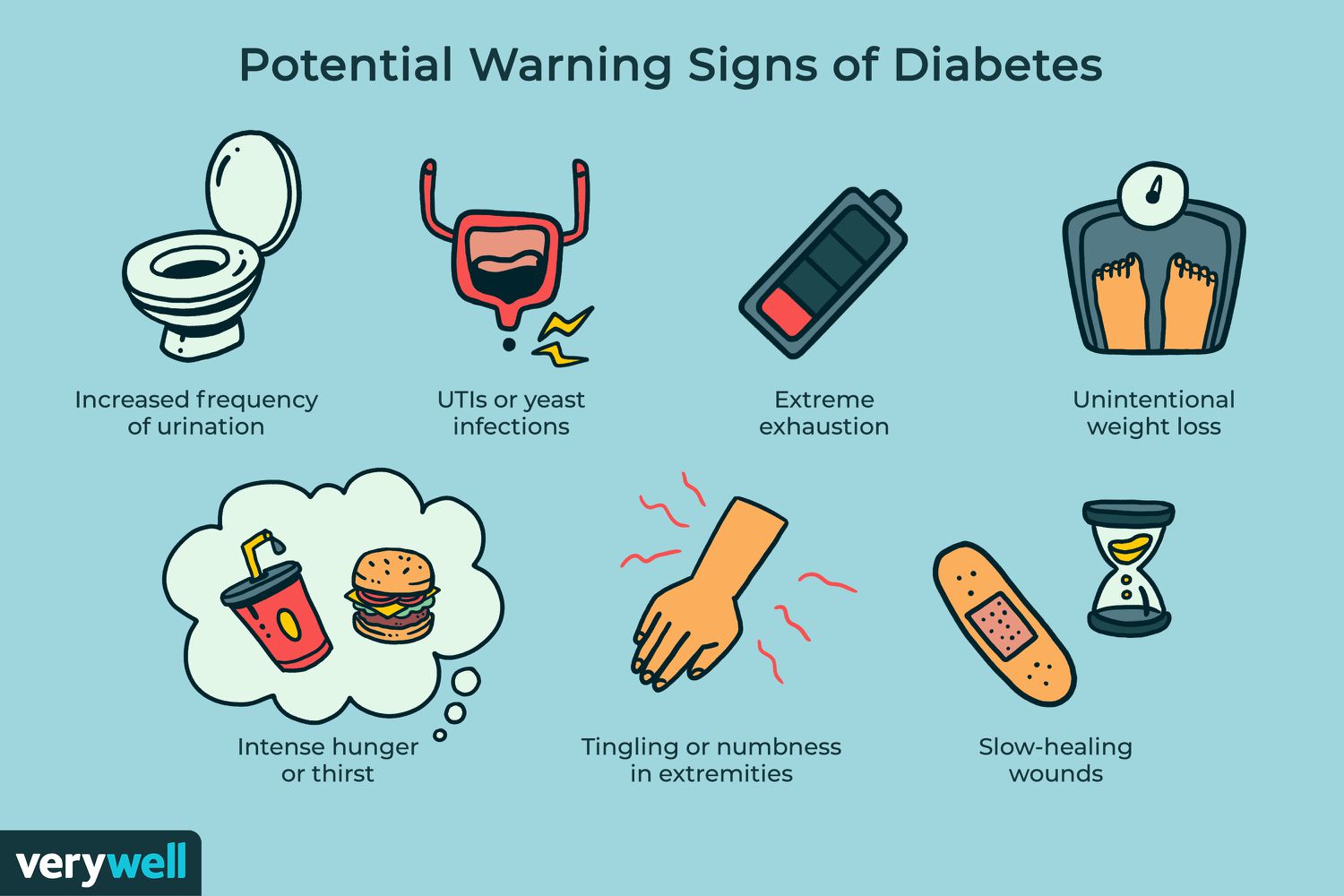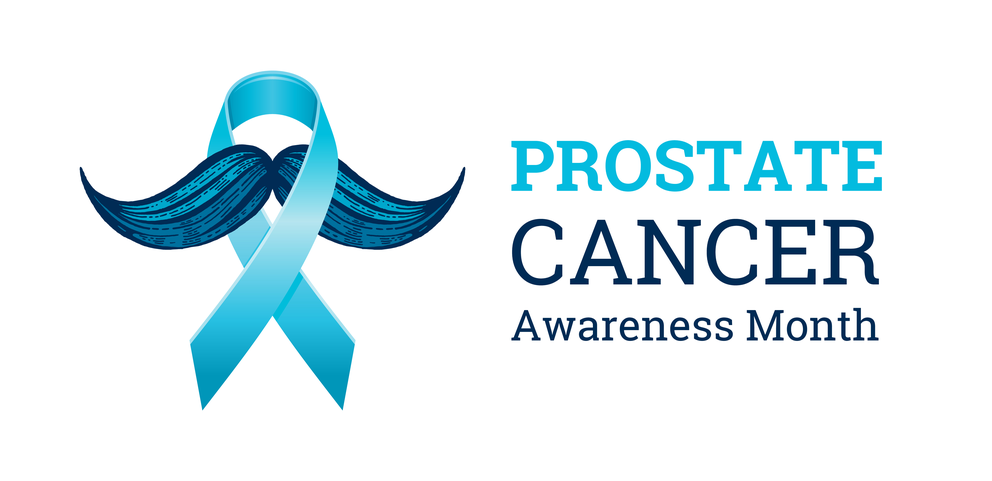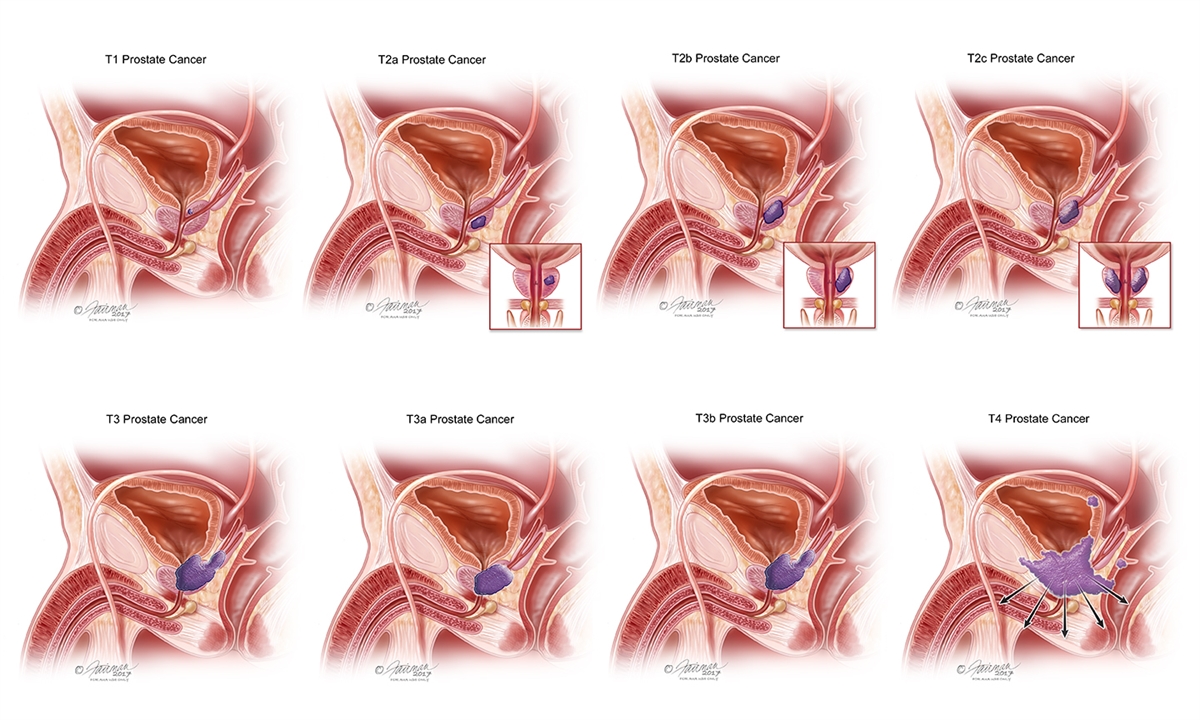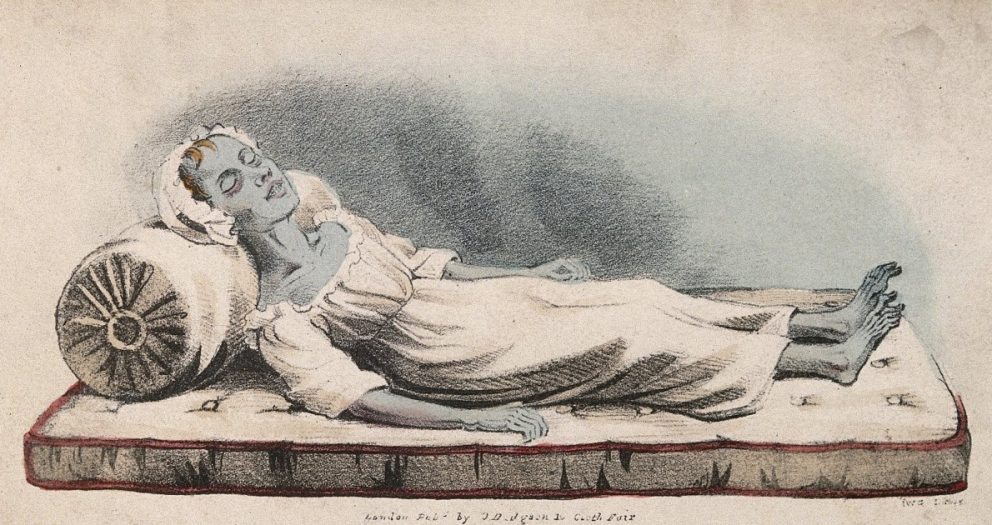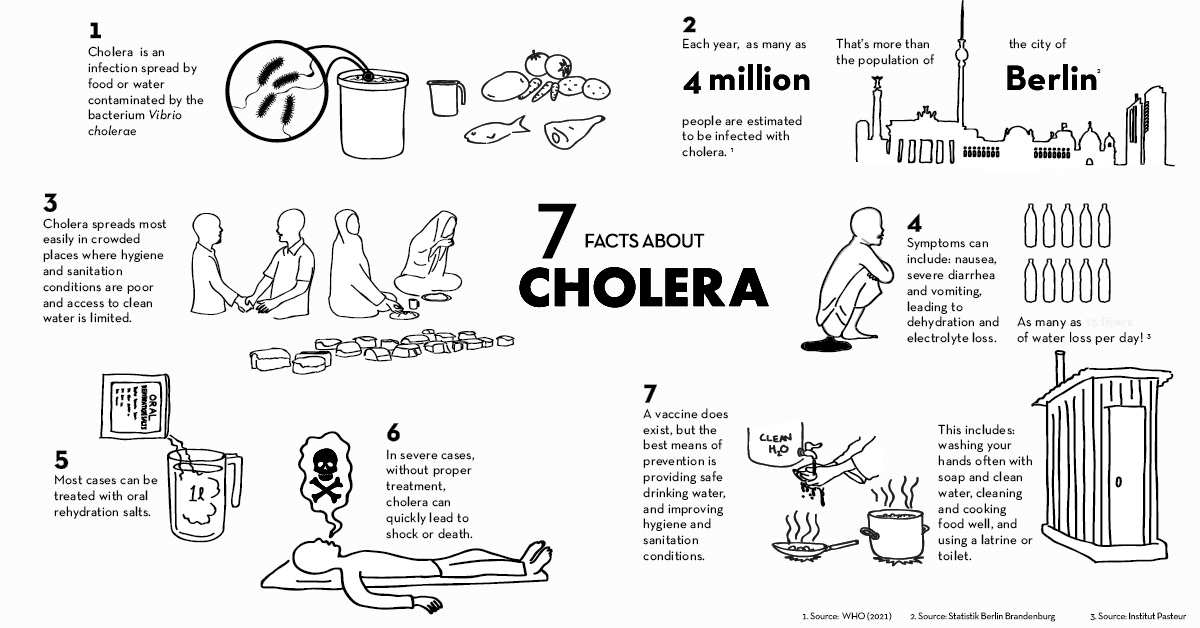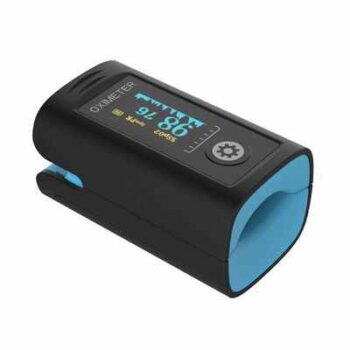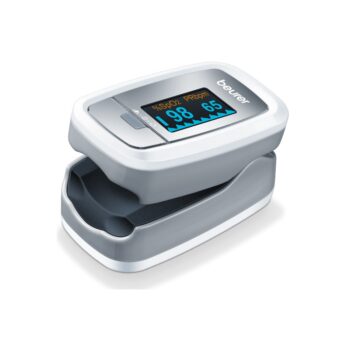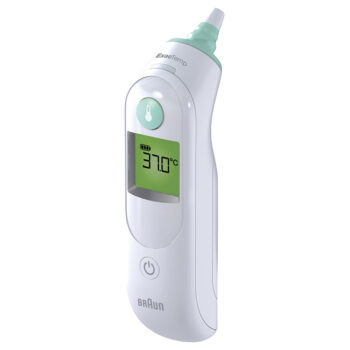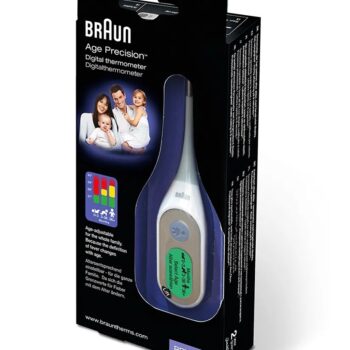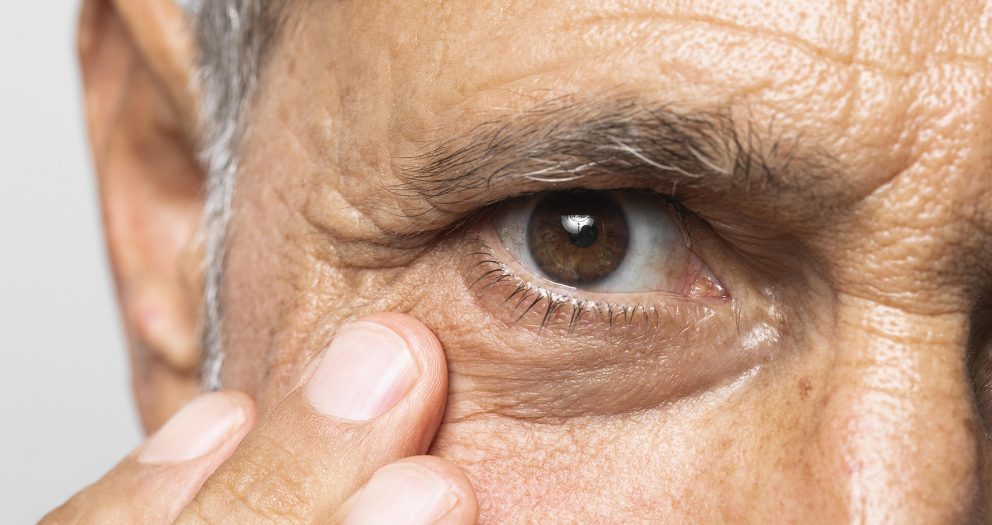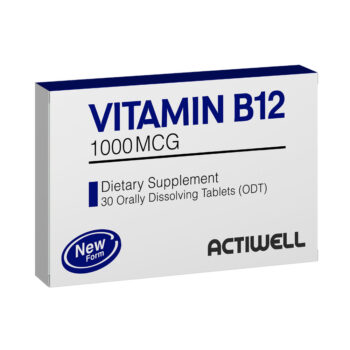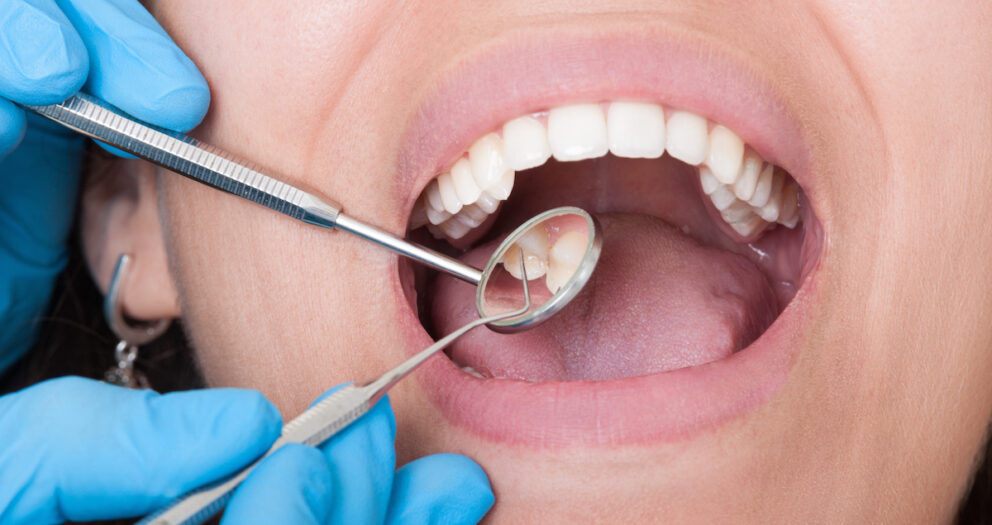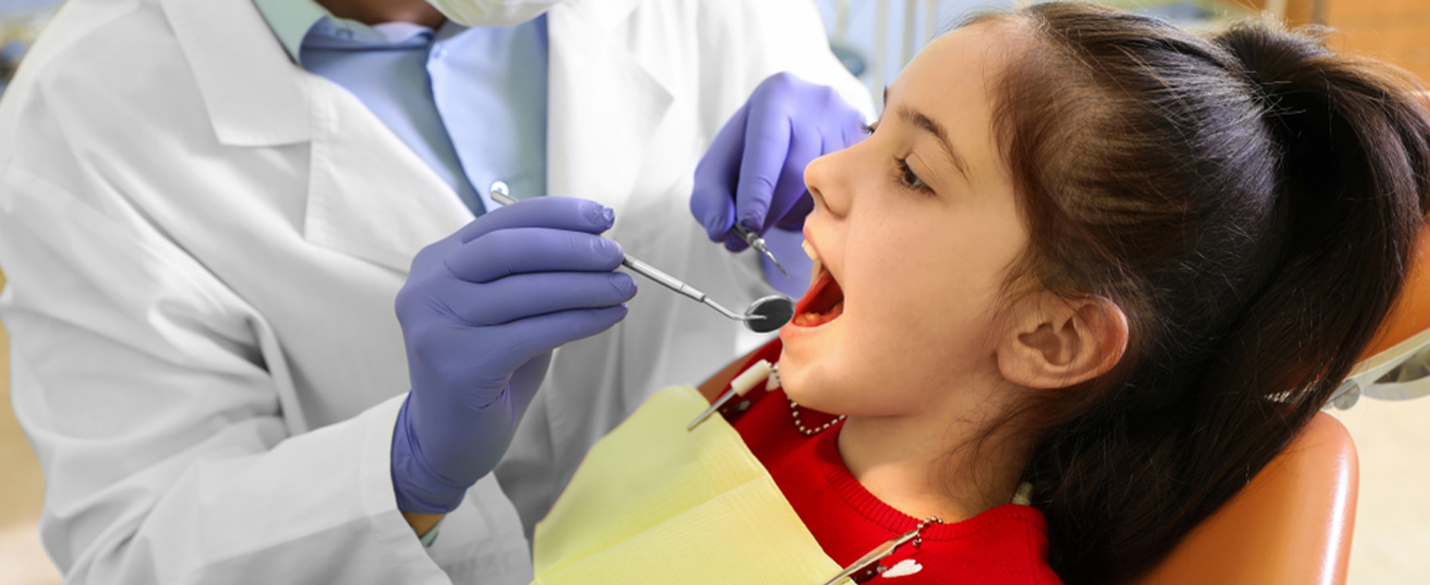Casinos online de confianza en Chile
Содержимое
Casinos online de confianza en Chile
En la era digital, la forma en que jugamos y apostamos ha cambiado radicalmente. Los casinos online han revolucionado el mundo del juego, ofreciendo una variedad de opciones para los jugadores. Sin embargo, con tantas opciones disponibles, es importante encontrar un casino online de confianza que cumpla con tus expectativas. En este artículo, te presentaremos los mejores casinos online de confianza en Chile, donde podrás disfrutar de una experiencia de juego segura y emocionante.
¿Qué es un casino online de confianza? Un casino online de confianza es aquel que cumple con los estándares de seguridad y transparencia, ofreciendo una variedad de juegos de azar y apuestas deportivas. Además, debe tener una licencia válida y ser regulado por una autoridad competente. En Chile, los casinos online deben ser autorizados y supervisados por la Comisión Nacional de Juegos (CNPJ), lo que garantiza la seguridad y la transparencia en el juego.
¿Qué características buscas en un casino online de confianza? Algunas de las características que debes buscar en un casino online de confianza son:
- Licencia y regulación: Asegúrate de que el casino online tenga una licencia válida y sea regulado por una autoridad competente.
- Seguridad: Busca casinos online que utilicen tecnologías de seguridad de alta calidad, como SSL y TLS, para proteger tus datos personales y transacciones.
- Variabilidad de juegos: Un buen casino online debe ofrecer una variedad de juegos de azar y apuestas deportivas para que puedas encontrar algo que se adapte a tus gustos.
- Bono sin depósito: Busca casinos online que ofrezcan bonos sin depósito para que puedas probar sus servicios sin necesidad de depositar dinero.
- Atención al cliente: Un buen casino online debe ofrecer atención al cliente 24/7 para ayudarte en caso de necesidad.
En este artículo, te presentaremos algunos de los mejores casinos online de confianza en Chile, que cumplen con estos requisitos y ofrecen una experiencia de juego emocionante y segura. ¡Descubre los mejores casinos online de confianza en Chile y comienza a disfrutar de una experiencia de juego inolvidable!
¿Qué es el mejor casino online en Chile? El mejor casino online en Chile es aquel que cumple con los estándares de seguridad y transparencia, ofrece una variedad de juegos de azar y apuestas deportivas, y tiene una licencia válida y es regulado por la CNPJ. Algunos de los mejores casinos online en Chile son:
- Casino online con bono sin depósito: Nombre del casino, que ofrece un bono sin depósito de hasta $10,000 para nuevos jugadores.
- Casino online con bono gratis: Otro casino, que ofrece un bono gratis de hasta $5,000 para nuevos jugadores.
- Casino online confiable: Un tercer casino, que es regulado por la CNPJ y ofrece una variedad de juegos de azar y apuestas deportivas.
En resumen, los casinos online de confianza en Chile son una excelente opción para aquellos que buscan una experiencia de juego emocionante y segura. Algunos de los mejores casinos online de confianza en Chile cumplen con los estándares de seguridad y transparencia, ofrecen una variedad de juegos de azar y apuestas deportivas, y tienen una licencia válida y son regulados por la CNPJ. ¡Descubre los mejores casinos online de confianza en Chile y comienza a disfrutar de una experiencia de juego inolvidable!
¿Qué son los casinos online de confianza?
Los casinos online de confianza son aquellos establecimientos que ofrecen una experiencia de juego segura y transparente a los jugadores. Estos casinos online han sido verificados y certificados por organizaciones independientes, lo que garantiza que cumplan con los estándares de seguridad y justicia en el tratamiento de los jugadores.
Un casino online confiable debe cumplir con una serie de condiciones, como la licencia y registro en un país o región, la implementación de medidas de seguridad efectivas para proteger la privacidad y seguridad de los jugadores, la transparencia en la gestión de los fondos y la justicia en el tratamiento de los ganadores y perdedores.
Entre los https://emporiolarosa.com/mejores-casinos-online-con-poker-en-chile casinos online de confianza, se encuentran algunos de los mejores y más populares, como casino online confiable, que ofrecen una amplia variedad de juegos de azar y apuestas deportivas, así como bonos y promociones atractivas para atraer a nuevos jugadores.
Sin embargo, no todos los casinos online son iguales, y es importante investigar y comparar las características y servicios de cada establecimiento antes de decidir jugar. Algunos de los mejores casinos online de confianza incluyen mejor casino online, que ofrecen una experiencia de juego de alta calidad y una amplia variedad de opciones de juego.
Además, algunos casinos online ofrecen bonos y promociones para atraer a nuevos jugadores, como casino online con bono gratis o casino online con bono sin depósito. Estos bonos y promociones pueden ser una forma efectiva de empezar a jugar y experimentar el mundo de los casinos online.
En resumen, los casinos online de confianza son aquellos que ofrecen una experiencia de juego segura y transparente, y que cumplen con los estándares de seguridad y justicia en el tratamiento de los jugadores. Al investigar y comparar las características y servicios de cada establecimiento, los jugadores pueden encontrar el mejor casino online para sus necesidades y preferencias.
Características de los casinos online de confianza
Los casinos online de confianza son establecimientos que ofrecen una experiencia de juego segura y transparente a los jugadores. Algunas de las características que los distinguen son:
Licencia y regulación: Los casinos online de confianza tienen una licencia emitida por una autoridad reguladora, como la Comisión Nacional de Juegos de Azar de Chile, que garantiza su funcionamiento legal y transparente. Además, están sujetos a regulaciones estrictas para proteger a los jugadores.
Seguridad y encriptación: Los casinos online de confianza utilizan tecnologías de seguridad de vanguardia para proteger la información de los jugadores, como la encriptación SSL (Secure Sockets Layer) y TLS (Transport Layer Security). Esto garantiza que la información sea transmitida de manera segura y protegida.
Bono de bienvenida: Los casinos online de confianza ofrecen bonos de bienvenida atractivos, como el casino online con bono gratis o el casino online con bono sin depósito, para atraer a nuevos jugadores y ofrecerles una experiencia de juego atractiva.
Variedad de juegos: Los casinos online de confianza ofrecen una amplia variedad de juegos, como tragamonedas, ruleta, blackjack, póker y más, para que los jugadores puedan encontrar algo que les guste.
Atención al cliente: Los casinos online de confianza ofrecen atención al cliente 24/7, a través de diferentes canales, como correo electrónico, teléfono y chat en vivo, para resolver cualquier duda o problema que surja.
Mejor casino online: Algunos de los mejores casinos online de confianza en Chile son [listado de casinos online de confianza en Chile].
En resumen, los casinos online de confianza ofrecen una experiencia de juego segura, transparente y atractiva, con licencia y regulación, seguridad y encriptación, bonos de bienvenida, variedad de juegos y atención al cliente. Al elegir un casino online de confianza, los jugadores pueden disfrutar de una experiencia de juego segura y divertida.
Cómo elegir un casino online de confianza
Cuando se trata de elegir un casino online, es fundamental asegurarse de que se trata de un sitio de confianza. En este sentido, es importante considerar varios factores clave que garanticen una experiencia de juego segura y divertida.
En primer lugar, es fundamental verificar la licencia del casino online. Un casino online con licencia es un indicador de que se ajusta a los estándares de juego y seguridad establecidos por las autoridades competentes. Puedes verificar la licencia en el sitio web del casino o en la página de la autoridad que la emitió.
Características clave a considerar
- Seguridad: Asegúrate de que el sitio web del casino online tenga un certificado SSL (Secure Sockets Layer) activado, lo que garantiza la seguridad de tus datos personales y transacciones.
- Licencia: Verifica la licencia del casino online y la autoridad que la emitió.
- Software: Asegúrate de que el casino online utilice software de alta calidad y que sea compatible con tu dispositivo.
- Bono de bienvenida: Asegúrate de que el casino online ofrezca un bono de bienvenida atractivo y con condiciones razonables.
- Apuestas y juegos: Asegúrate de que el casino online ofrezca una variedad de apuestas y juegos que te gusten.
- Soporte al cliente: Asegúrate de que el casino online ofrezca un buen soporte al cliente, con opciones de contacto y respuestas rápidas.
Además, es importante leer las reseñas y comentarios de otros jugadores para obtener una idea de la experiencia de juego en el casino online. Puedes encontrar reseñas en sitios web de review y foros de jugadores.
En resumen, para elegir un casino online de confianza, debes considerar la licencia, seguridad, software, bono de bienvenida, apuestas y juegos, soporte al cliente y reseñas de otros jugadores. Al seguir estos consejos, podrás encontrar un casino online que se adapte a tus necesidades y te brinde una experiencia de juego segura y divertida.
Los mejores casinos online de confianza en Chile
En el mercado de los casinos online, es fundamental encontrar una plataforma que se caracterice por su seguridad, transparencia y confianza. En Chile, existen muchas opciones, pero no todas son iguales. En este artículo, te presentaremos los mejores casinos online de confianza en Chile, donde podrás disfrutar de una experiencia de juego emocionante y segura.
¿Qué características buscan los jugadores chilenos en un casino online?
Los jugadores chilenos buscan casinos online que ofrezcan una variedad de juegos, una buena atención al cliente, una amplia gama de opciones de pago y retirada, y, por supuesto, una licencia y regulación efectiva. Además, la seguridad y la confianza son fundamentales para cualquier jugador.
Entre los casinos online de confianza en Chile, se destacan:
Casino online confiable: con licencia y regulación efectiva, garantizando la seguridad y transparencia de los juegos.
Casino online con bono sin depósito: ofreciendo una oportunidad de probar el casino sin necesidad de depositar dinero.
Casino online con bono gratis: con ofertas de bienvenida y promociones que te permiten disfrutar de juegos y ganar dinero sin gastar tu propio.
Entre los mejores casinos online de confianza en Chile, se encuentran:
888 Casino: con una licencia de la Comisión de Juegos de Málaga y una amplia variedad de juegos de casino.
Bet365 Casino: con una licencia de la Comisión de Juegos de Gibraltar y una amplia gama de opciones de juego.
Mr. Green Casino: con una licencia de la Comisión de Juegos de Malta y una amplia variedad de juegos de casino.
En resumen, los mejores casinos online de confianza en Chile ofrecen una combinación de seguridad, transparencia, variedad de juegos y buen servicio al cliente. Al elegir uno de estos casinos, podrás disfrutar de una experiencia de juego emocionante y segura.
